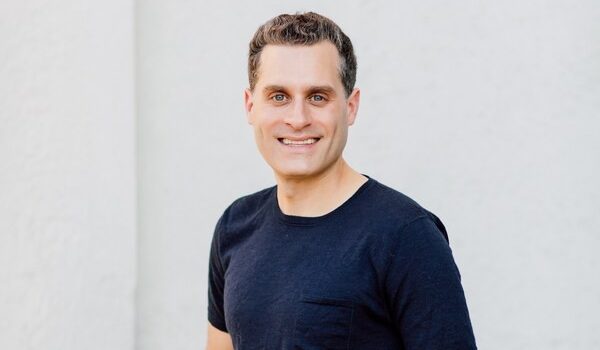With all but three regions of Ontario expected to still be in the first phase of reopening by the end of this week, and productions in Quebec and British Columbia given the green light earlier this month, commercial production companies are preparing to get back to work after a three-month shutdown where they relied on stock images, animation, footage they had on-hand and video shot from home.
The full resumption of commercial shoots will depend on the ability to secure insurance, permits and the approval of safety guidelines by regional labour boards, but it is something production houses have been planning for. Even though it has become a cliche to say “things will be different,” the commercial production landscape will be undergoing a substantial and transformative change for the foreseeable future.
Wearing personal protective equipment, hand washing and sanitization stations throughout studios and office spaces, and regular disinfection of equipment and remote controls, are all part of the new business protocol for production houses. They are part of guidelines that the Commercial Production Association of Toronto (CPAT) – representing 90% of all commercial production companies in Toronto – laid out on May 25 to ensure shoots can be done within physical distancing protocols that limit the risk of spreading disease.
Tony DiMarco, managing partner and executive producer at Free Society, says the food and tabletop production company will be removing chairs and workstations from certain areas, to ensure there is enough space between seats, while Scott Houghton, managing executive producer at Morrison, is planning to work with smaller crews. Danielle Kappy, owner and executive producer at Frank Content, says the production company and its vendors have been working for months on gathering PPE for all of its productions, as well as installing proper signage outlining hygiene and social distancing procedures throughout its Toronto facility.
But beyond simply ensuring there are masks and space between crew members to keep them safe, implementing these protocols will have an impact on the efficiency of both organizing and executing shoots.
Michel Korchinsky, managing partner and executive producer at Ad Hoc Content, says the company has been working with teams in other cities and is assembling small crews in those locations. Both Ad Hoc and Free Society have also looked outside of the Greater Toronto Area for shoots, as one of the country’s hubs for commercial production still remains in “phase one” of its reopening. Ad Hoc Content has a shoot set to begin this week in Vancouver. Free Society has organized shoots in both Vancouver and Montreal.
DiMarco says Free Society is likely looking at a 25% loss in productivity right away, as it will need more time to prepare for and shoot projects. One reason for this is that all departments are likely going to have to do their on-set tasks one at a time to avoid crowding, potentially stretching what would be one-day shoots into a second day.
“We can’t have multiple departments working at the same time, at camera,” adds Andy McLeod, managing partner, new business development at Free Society. “When you have your prop master come in and make a change, and then that person has to leave, and then your lighting person comes in and makes a change…those kinds of things that are a typical set-up for a shot, instead of taking an hour, are going to take an hour-and-a-half.”
“The way you have to look at things now, and what we’ve been advising all of our clients, is that you have to strip away the old process and flip it around and really look at every single project that comes in, from the camera out,” Korchinsky says, adding that the very basic tenant a person needs to produce a film is a camera and someone behind it. “After that, you only add what you need that’s really essential to execute the concept.”
Another factor that adds to the planning stage, Kappy points out, is that the approach may need to be adjusted from location to location, depending on how much social distancing a location allows for. She adds that Frank will likely have to submit an operational plan along with permits. This means that when the company would typically get a location permit three days before production, they’ll likely have to get a location approved by the client within the week of the shoot.
“Everyone – clients, agencies, production companies – are working together on ideas of execution that have been adapted,” she says. “You may find there’s a lot of creative that we’re seeing that has a lot less talent in it, or talent that is shot independently in multiple locations, like vignette-based projects.”
Another adjustment is rethinking what is actually necessary to pull off a client’s creative vision, and if that vision might need to change to accommodate pandemic shooting. Korchinsky says Ad Hoc has changed how it thinks about production – examining ways to streamline the process and resources they use.
“Everyone expects to have ‘x’ number of options on things – ‘x’ amount of crew, ‘x’ amount of gear – and that’s probably why they’re usually so big,” Korchinsky says. “We’ve been forced to do away with that, because we can’t have all the resources and all the people coming together to provide the amount of standby options we’re used to having.”
























